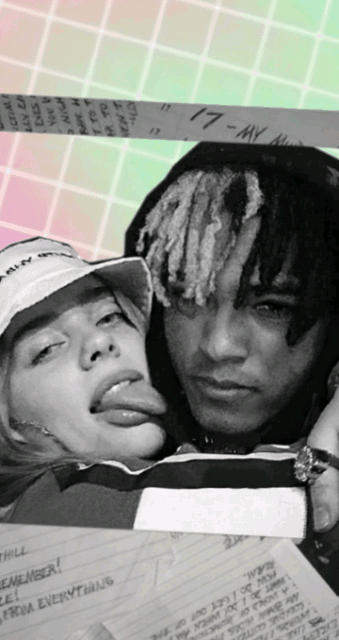

This converts your typeable text to a vector object. With the text selected, go to Path > Object to Path. I’ve typedit in a different color just so it’s easier to work with on top of the black shape. I’m just going to use the word “Washington,” but you could do anything you want. If you’re working in print, this step isn’t necessary if you’re cutting out your project, this can help immensely, getting you a smoother, faster cut.

You can see that I still have the general shape of the state, but things are a lot smoother.


Here, I did Simplify three times, then went in close and deleted any tiny islands that remained. It’ll smooth out a lot of the rough edges. With the state selected, Go to Path > Simplify. There are a LOT of little islands and rugged bits in Washington, so I’m going to simplify the shape a little bit: Make sure you have the rights to use whatever shape you’re using, or go nuts and draw your own shape! States, countries, animals, or just plain circles or squares – any shape will do. Just remember, tracing something you find on Google or Pinterest is a violation of copyright. You could use any silhouette shape for this, and there are a surprising number of them out there for free or very little cost. I have a set of state silhouettes from a bundle I got somewhere at some point. I’ve decided to use Washington state:Įven though I live elsewhere, Washington will always be near and dear to my heart I spent 35 years living there. I’m writing this post on Father’s Day in the USA.įirst off, we need a solid shape to carve our text from. I was asked to explain a couple of Inkscape techniques this week, so of course I wanted to bring those to all of you! I’ve seen a number of items using these techniques lately – text knockouts used for phrases like “mama bear” (knocked out of the shape of a bear, of course) and perspective treatments for nerdy dads.


 0 kommentar(er)
0 kommentar(er)
